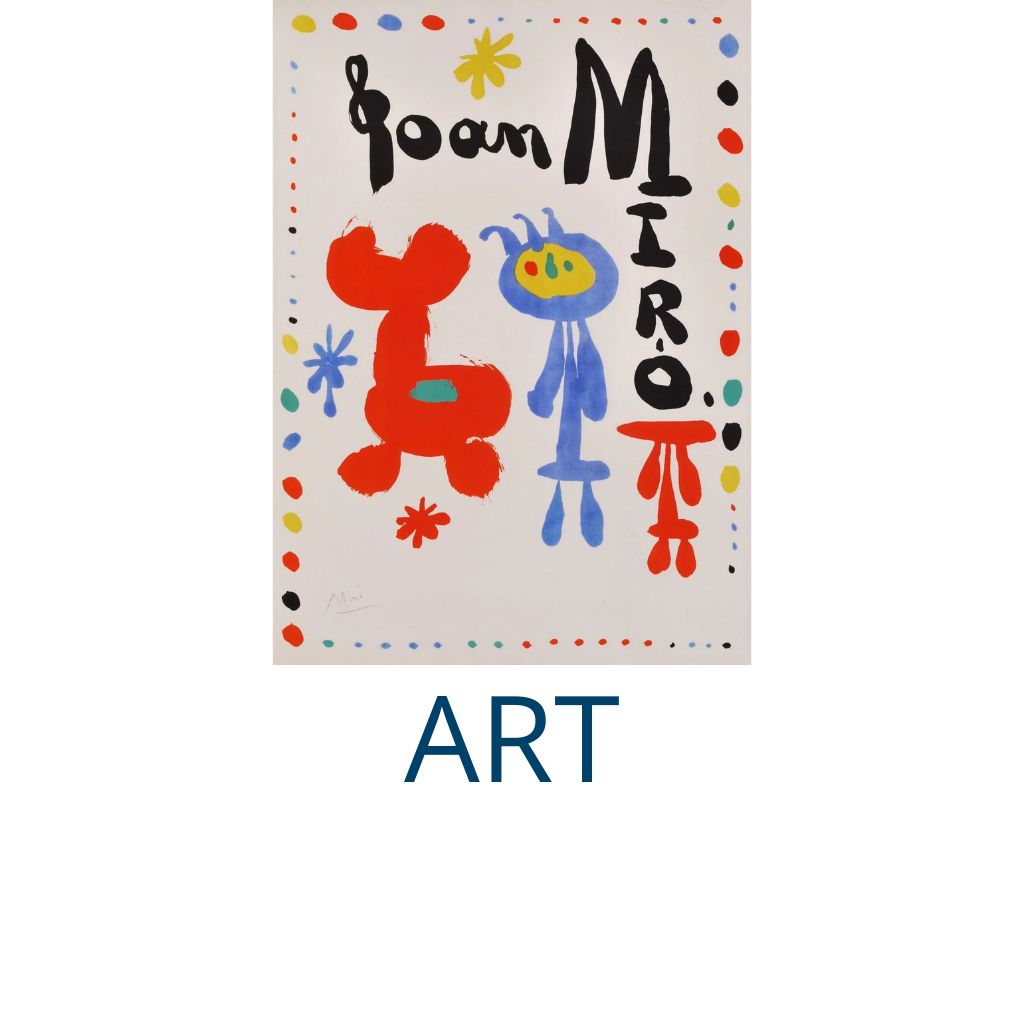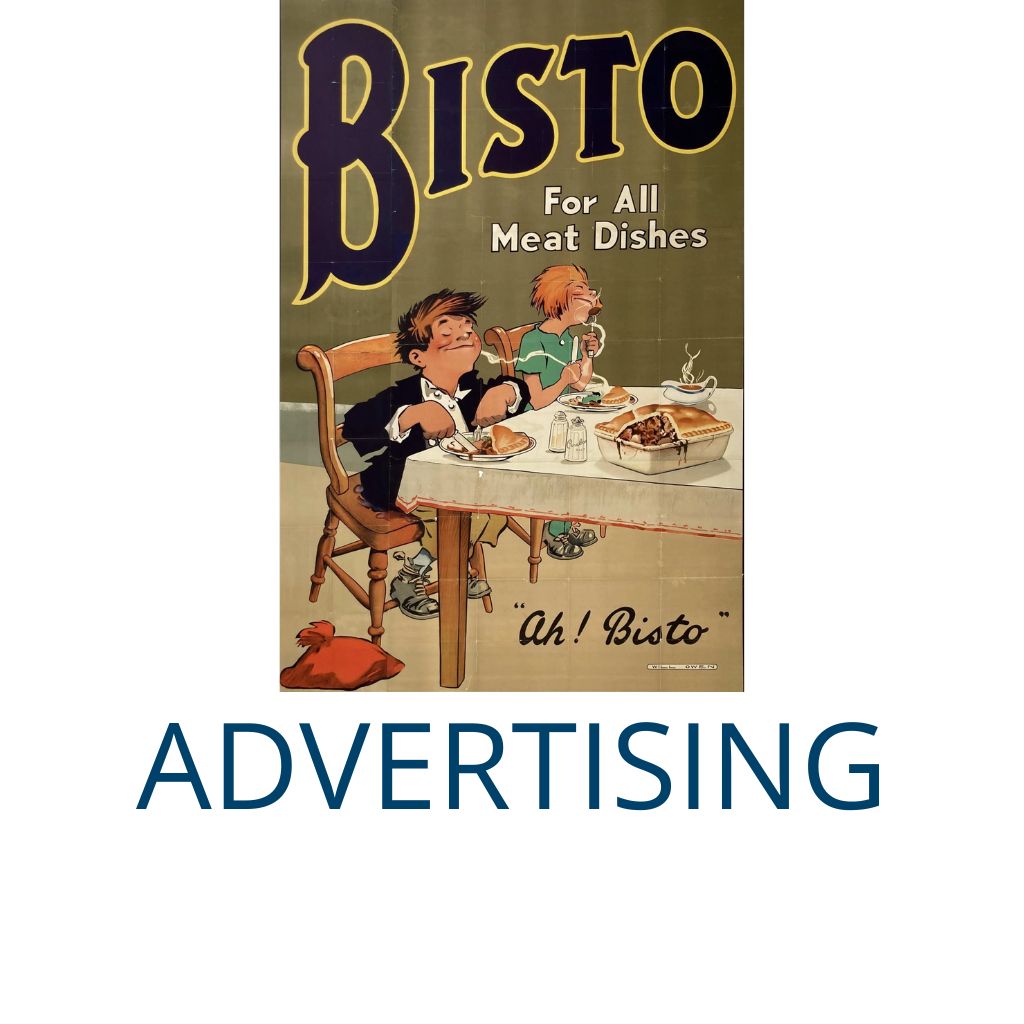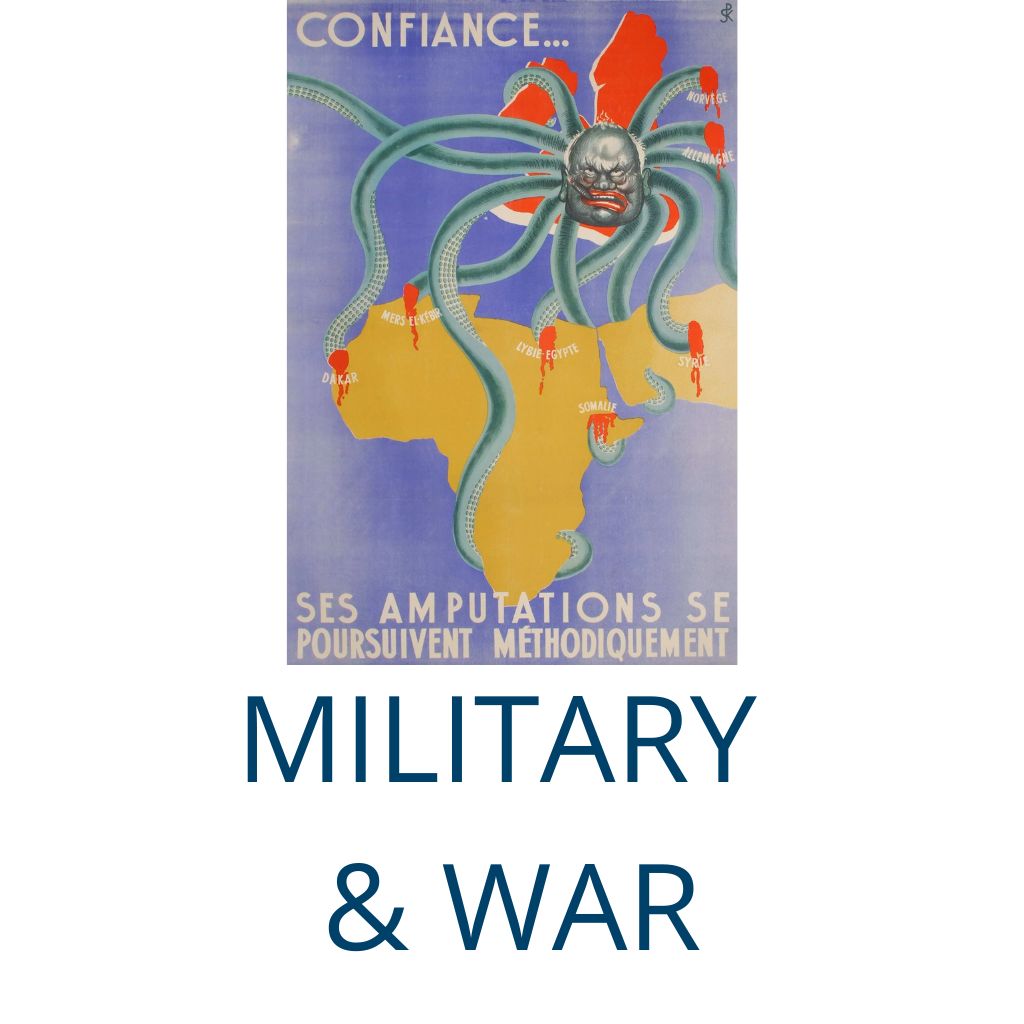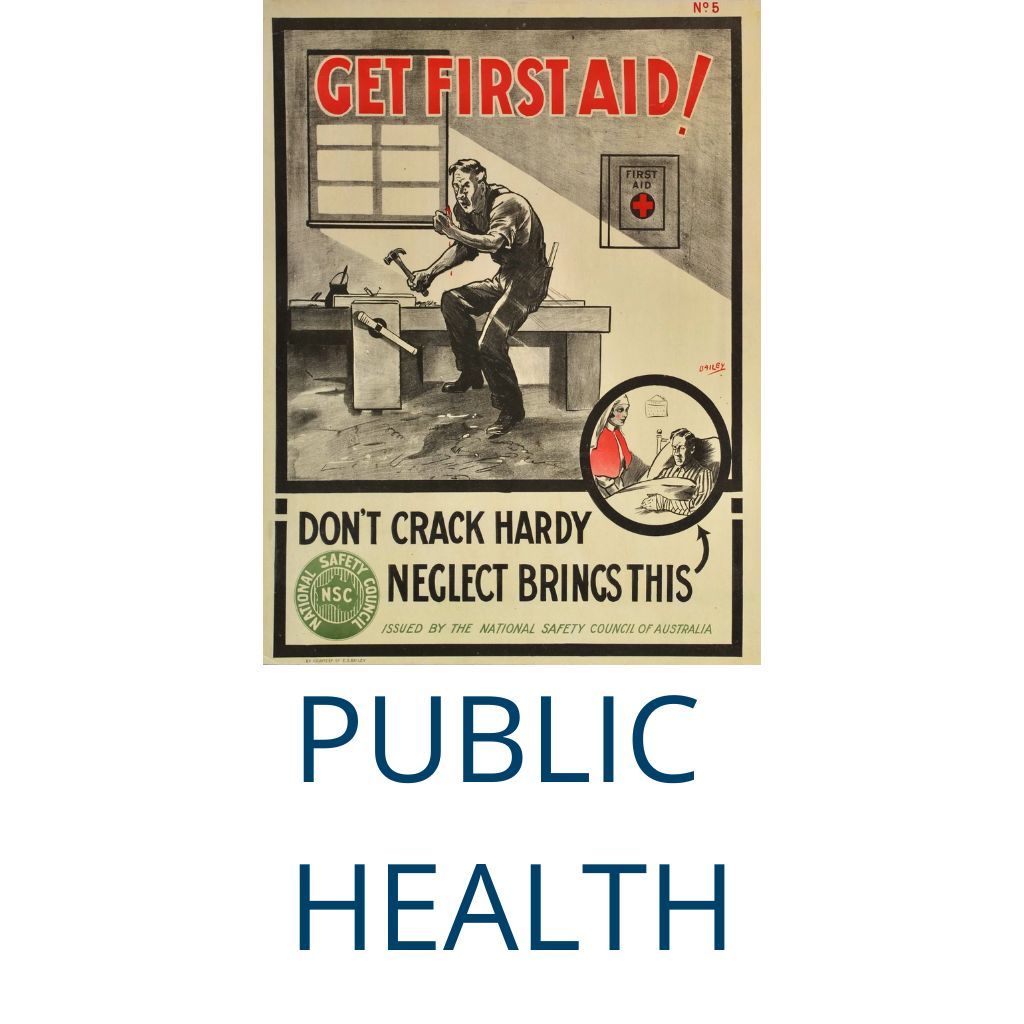
Posters Celebrate Australian History
Share
The Beginnings of Australian Poster Art
1. Promoting Travel and Tourism
In the early 20th century, Australian posters were primarily used to promote tourism. Travel posters showcased the country’s unique landscapes and encouraged both domestic and international visitors to explore its vast regions. Designers often focused on iconic imagery, such as beaches, kangaroos, and natural landmarks.
Example: Percy Trompf’s "Australia: Surf and Sunshine" remains a quintessential example of Australia’s golden era of tourism advertising.
Image link: https://nla.gov.au/nla.obj-150836992/view
2. Industry and Commerce
Beyond tourism, posters were used to promote Australian industries, from agriculture to manufacturing. They often celebrated local products and craftsmanship, fostering a sense of pride in Australian-made goods.
Example: Posters promoting the Australian wool industry featured imagery of sheep grazing in idyllic rural settings.
Image link: https://collections.museumsvictoria.com.au/items/278345
Wartime Posters: A Call to Action
1. Propaganda and Unity
During World War I and II, posters became essential tools for government messaging. Australian wartime posters were designed to inspire patriotism, encourage enlistment, and rally citizens to support the war effort.
Example: "Australia Needs You" poster, which depicted strong, heroic imagery to motivate enlistment.
Image link: https://www.awm.gov.au/collection/C96554
2. Women in the Workforce
As men went to war, posters encouraged women to step into roles traditionally held by men. These designs often highlighted the strength and capability of Australian women.
Example: "Join the WAAAF (Women’s Auxiliary Australian Air Force)" posters.
Image link: https://www.awm.gov.au/collection/C96952
Post-War Posters: Reflecting a Growing Nation
1. Consumer Culture and Entertainment
The post-war economic boom brought with it a surge in consumer advertising. Posters became a vibrant medium for promoting products, services, and entertainment. Australian brands like Arnott’s Biscuits and Holden cars used posters to establish themselves as household names.
Example: Arnott’s Biscuit posters featuring their iconic parrot mascot.
Image link: https://collections.museumsvictoria.com.au/items/279499
2. Cultural Events
Posters for cultural events, including film screenings and art exhibitions, became increasingly popular. They reflected Australia’s growing cosmopolitan identity and its engagement with global artistic movements.
Example: Posters advertising the Melbourne International Film Festival in its early years.
Image link: https://www.slv.vic.gov.au/posters/miff
Artistic Techniques and Styles in Australian Posters
1. Art Deco and Modernism
Art Deco had a significant influence on Australian poster design in the 1920s and 1930s. Posters featured geometric patterns, bold colors, and stylized imagery, creating a sense of luxury and sophistication.
Example: James Northfield’s "Australia for Sun and Surf" poster is a prime example of Art Deco’s impact on Australian design.
Image link: https://www.ngv.vic.gov.au/explore/collection/work/155986/
2. Hand-Drawn Illustrations
Many early posters were meticulously hand-drawn and painted, showcasing the incredible talent of Australian artists. These works are celebrated not just for their commercial value but for their artistic merit.
Example: Eileen Mayo’s "Australia: The Great Barrier Reef" poster demonstrates her skill as both an artist and designer.
Image link: https://collections.tepapa.govt.nz/object/1410647
Preserving Australian History Through Posters
1. Archival Efforts
Institutions such as the National Library of Australia and state libraries have made significant efforts to preserve vintage posters. These collections are invaluable resources for understanding Australia’s cultural and social history.
Example: The National Library of Australia’s Trove database features a vast collection of digitized posters.
Explore here: https://trove.nla.gov.au/
2. Private Collectors
Private collectors also play a vital role in preserving vintage posters. Their efforts ensure that these pieces remain accessible to future generations and continue to be appreciated as both historical documents and works of art.
Top 3 Australian Poster Artists
1. Percy Trompf
Trompf’s work defined Australian travel posters in the 1930s. His vibrant colors and optimistic imagery captured the essence of Australia’s natural beauty.
Example: "Australia: Surf and Sunshine."
Image link: https://nla.gov.au/nla.obj-150836992/view
2. James Northfield
Northfield’s Art Deco-inspired designs remain some of the most iconic in Australian poster history. His work often celebrated the Australian landscape and lifestyle.
Example: "Australia for Sun and Surf."
Image link: https://www.ngv.vic.gov.au/explore/collection/work/155986/
3. Eileen Mayo
Mayo’s posters combined modernist aesthetics with detailed naturalistic elements. Her designs are celebrated for their elegance and attention to detail.
Example: "Australia: The Great Barrier Reef."
Image link: https://collections.tepapa.govt.nz/object/1410647
Where to View and Purchase Australian Vintage Posters
For those interested in exploring or acquiring Australian vintage posters, several resources are available:
National Library of Australia: Explore their extensive online collection at https://nla.gov.au.
Art Galleries: Visit the National Gallery of Victoria or the Art Gallery of New South Wales to view original works.
Conclusion
Australian vintage posters are a celebration of the nation’s rich history and cultural evolution. From promoting travel and industry to rallying citizens during wartime, these posters are more than just advertisements—they are works of art that reflect the values and aspirations of their time. Preserving and studying these posters ensures that future generations can appreciate the artistry and historical significance of these captivating pieces.




